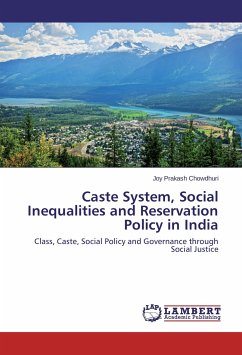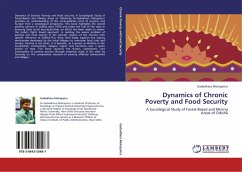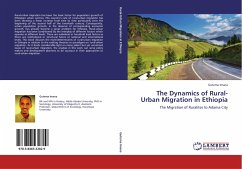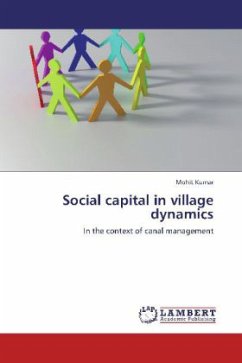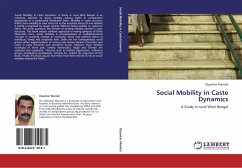
Social Mobility in Caste Dynamics
A Study in rural West Bengal
Versandkostenfrei!
Versandfertig in 6-10 Tagen
52,99 €
inkl. MwSt.

PAYBACK Punkte
26 °P sammeln!
'Social Mobility in Caste Dynamics: A Study in rural West Bengal' is an empiricist attempt to study mobility among Dalits in comparative perspective in a moderately developed State. Mobility in caste structure differs from mobility in class structure as the acquired status of neo-mobiles is hardly recognized by larger society. Without being nativist or reductive either, this book questions the fitment of existing mobility models in caste structure. This book adopts reflexive approach in having glimpses of Dalits lifeworlds. Here, social mobility is conceptualized as multidimensional concept in...
'Social Mobility in Caste Dynamics: A Study in rural West Bengal' is an empiricist attempt to study mobility among Dalits in comparative perspective in a moderately developed State. Mobility in caste structure differs from mobility in class structure as the acquired status of neo-mobiles is hardly recognized by larger society. Without being nativist or reductive either, this book questions the fitment of existing mobility models in caste structure. This book adopts reflexive approach in having glimpses of Dalits lifeworlds. Here, social mobility is conceptualized as multidimensional concept in involving change in economic, social and political status at individual, family and corporate level. Dalits are not homogeneous social group rather agglomeration of various jatis having distinct characters and ranks in caste hierarchy and therefore power relations. Here mobility strategies of three jatis, namely, Namasudra, Bagdi and Chamar are explored and compared. Theories such as relative deprivation, reference group, anticipatory socialization, ethclass etc. embed the argument of this book. Finally, this book argues that there have been eclectic forms of social mobility among the Dalits.



